Tag/sulphate of ammonia for plants
-
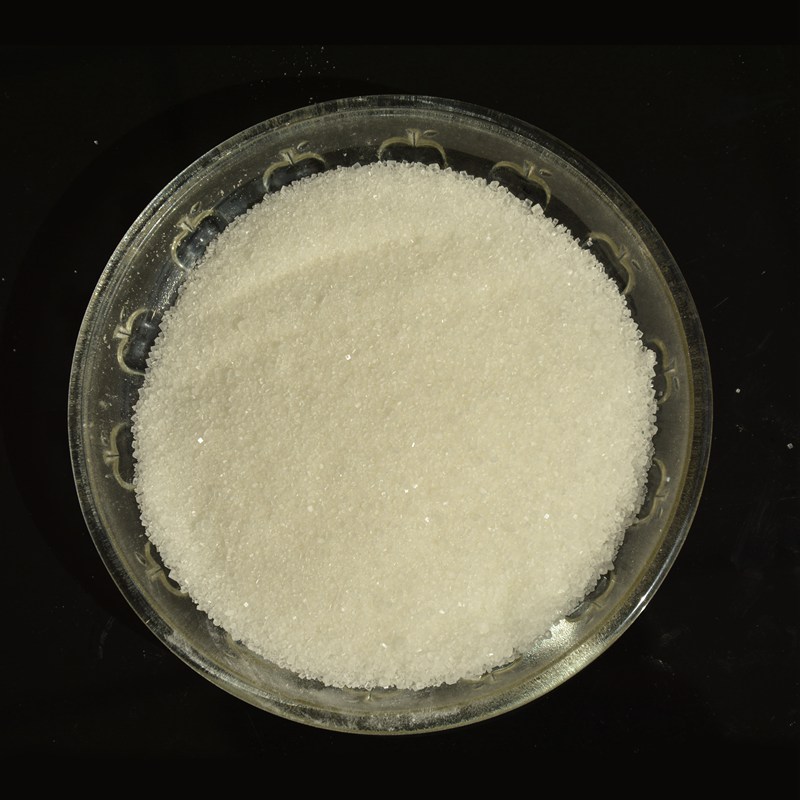 Ammonium sulphate Ammonium Sulfate Crystal powder Agriculture Grade
Ammonium sulphate Ammonium Sulfate Crystal powder Agriculture Grade -
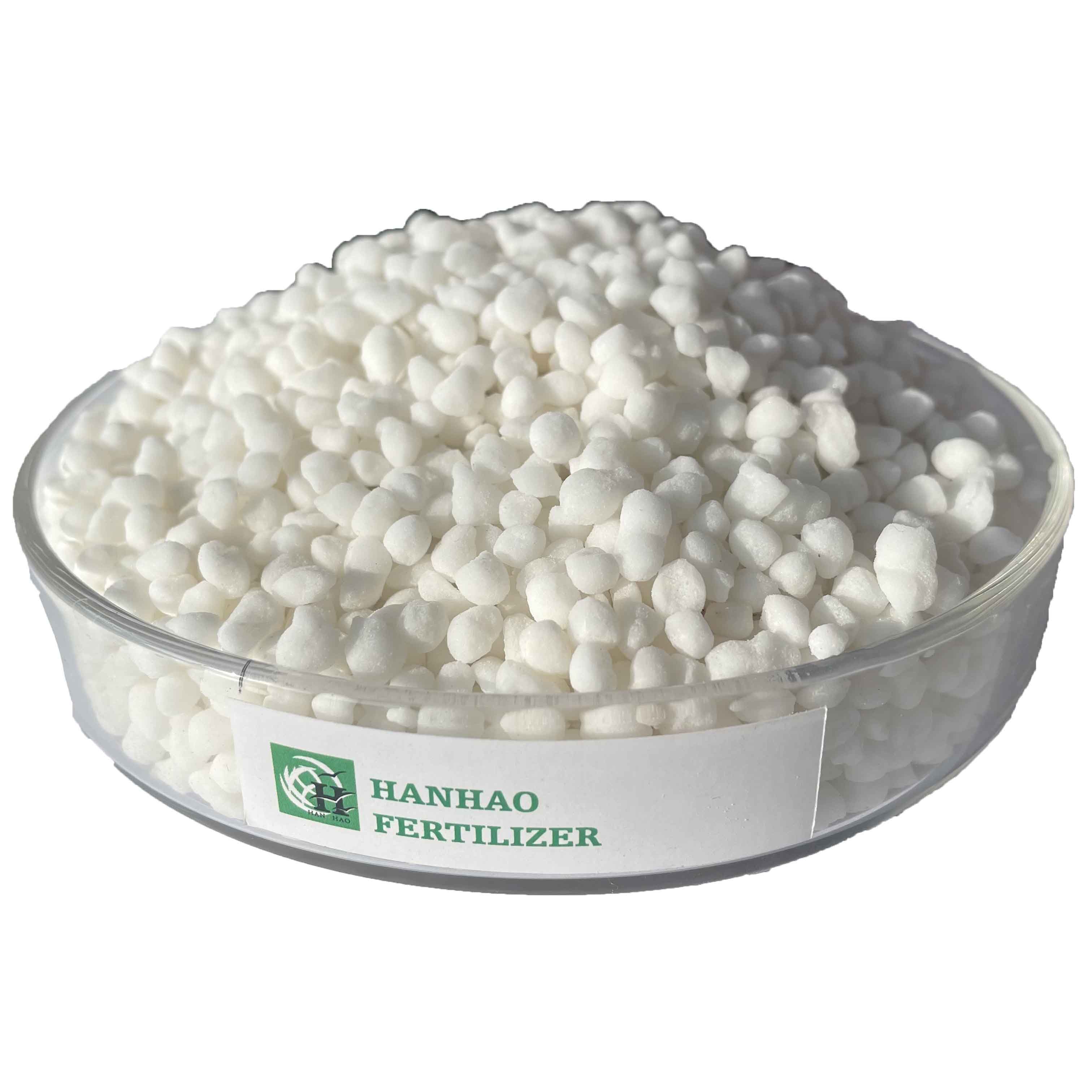 Ammonium sulphate white or color granular N 21% S 24%
Ammonium sulphate white or color granular N 21% S 24% -
 Nitrate of Potassium Powder KNO3 Fertilizer
Nitrate of Potassium Powder KNO3 Fertilizer -
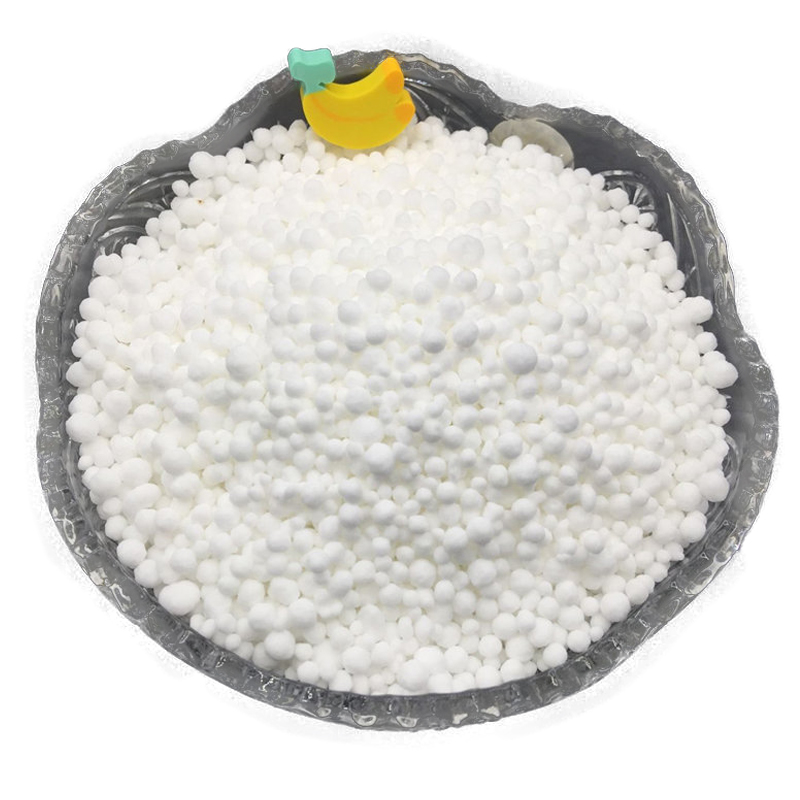 urea 46% fertilizer granular Agriculture Grade Wholesale
urea 46% fertilizer granular Agriculture Grade Wholesale -
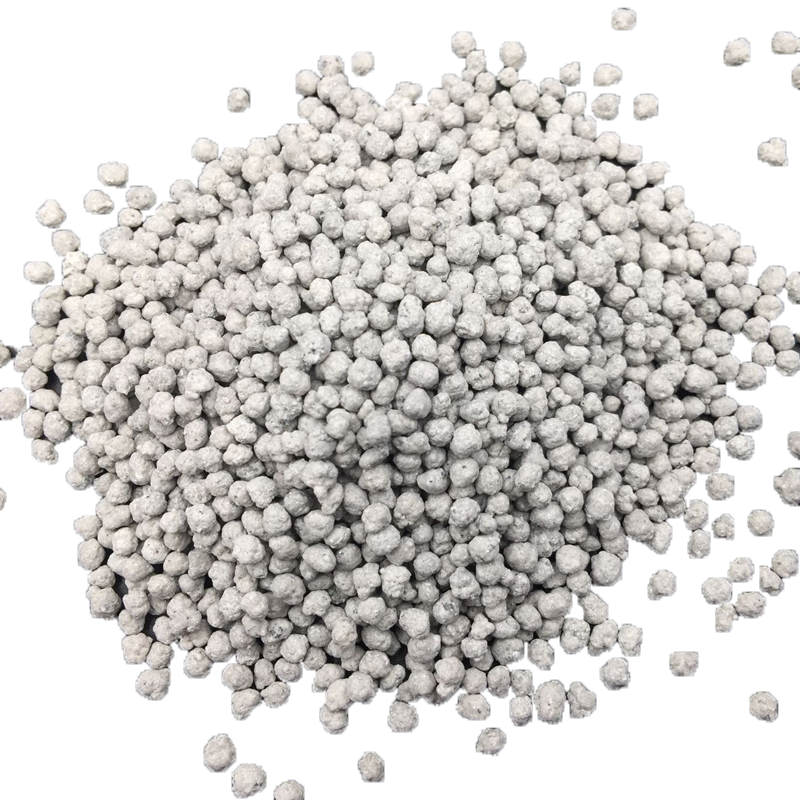 Mono ammonium phosphate map fertilizer 11-44 -0 Granular
Mono ammonium phosphate map fertilizer 11-44 -0 Granular -
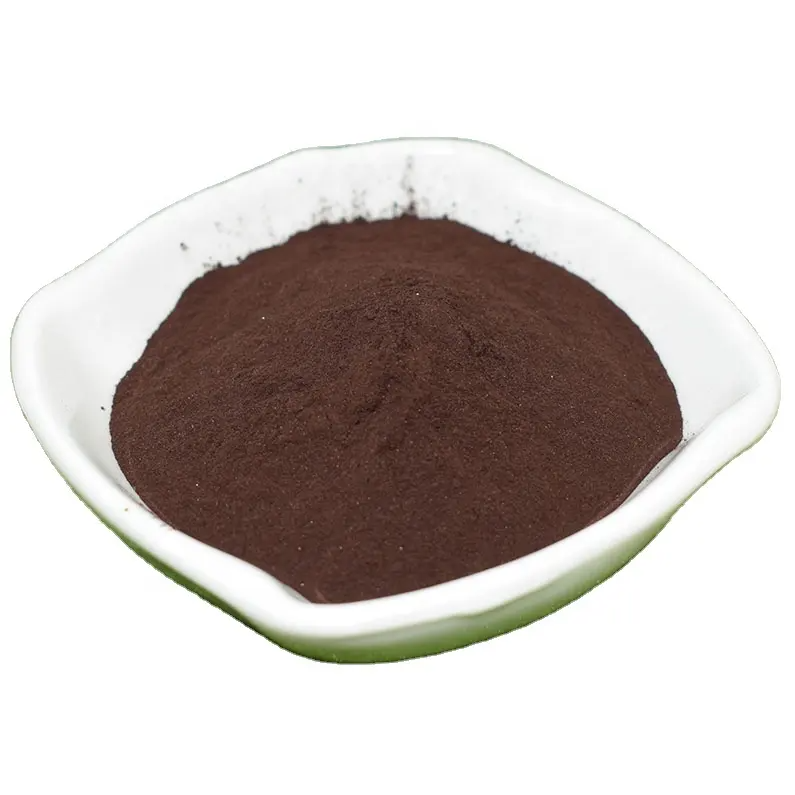 EDDHA Fe 6% Organic chelated iron fertilizer
EDDHA Fe 6% Organic chelated iron fertilizer -
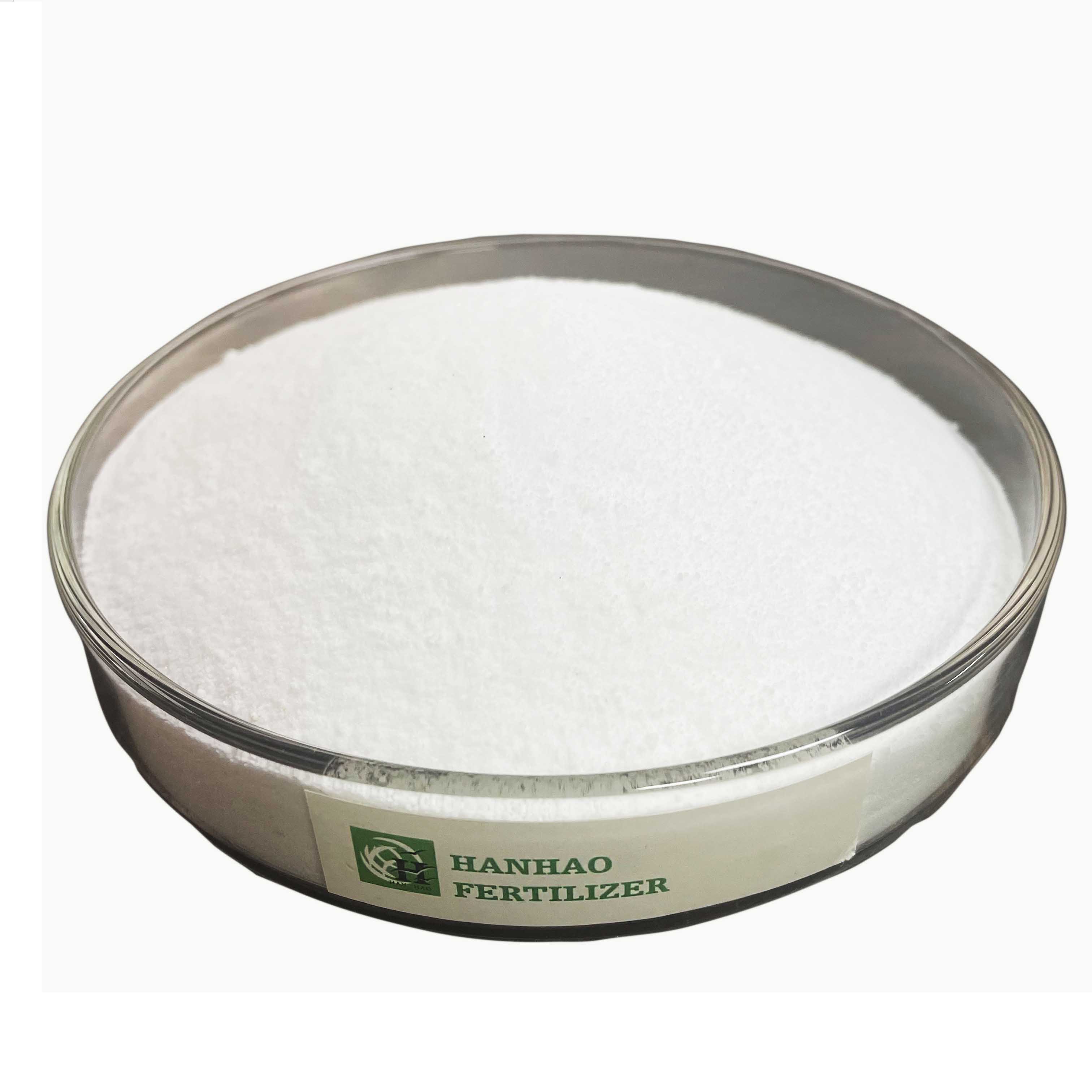 MOP potassium chloride KCL White Crystal Powder Muriate of Potash
MOP potassium chloride KCL White Crystal Powder Muriate of Potash -
 urea phosphate 17-44-0 up fertilizer
urea phosphate 17-44-0 up fertilizer -
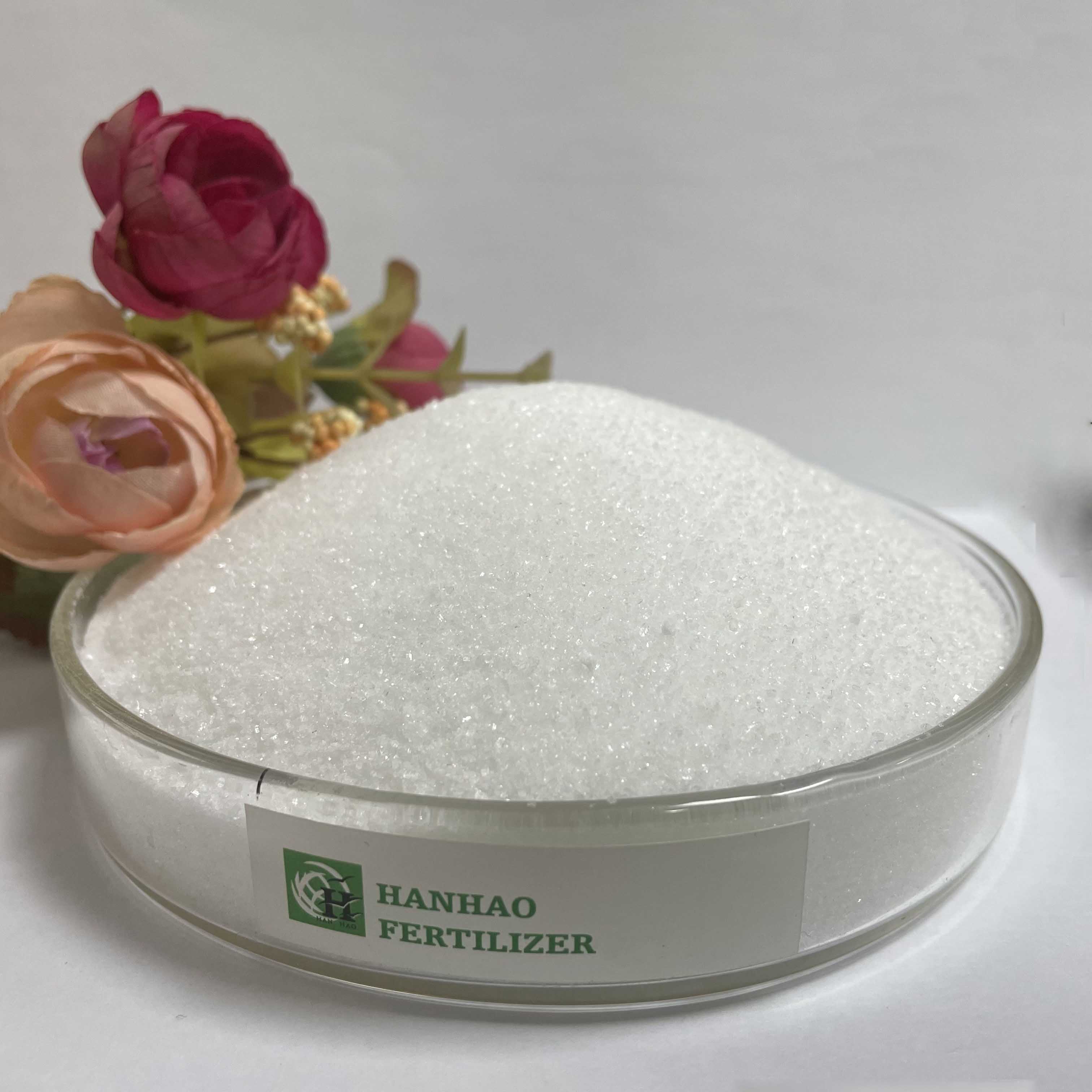 monoammonium phosphate 12-61-0 map water soluble fertilizer
monoammonium phosphate 12-61-0 map water soluble fertilizer -
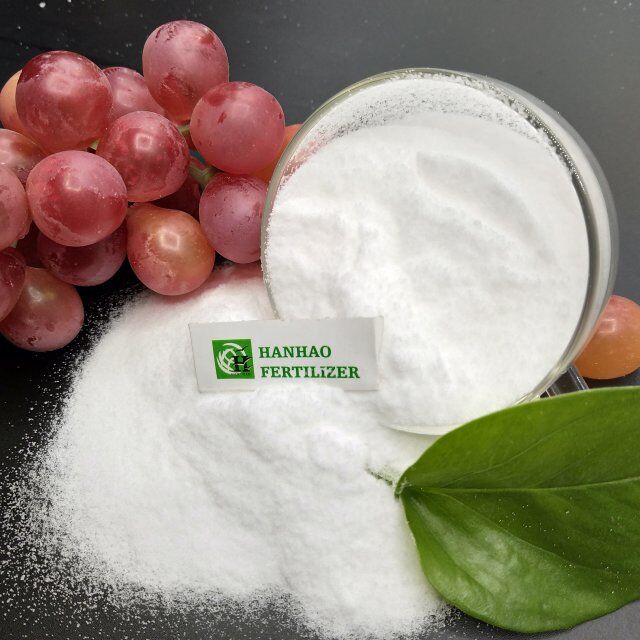 Di ammonium phosphate DAP 21-53-0 powder 100% Water Soluble
Di ammonium phosphate DAP 21-53-0 powder 100% Water Soluble
Produtct Title
sulphate of ammonia for plants-
NPK Compound Fertilizer granular High tower Granulation Tumbling Granulation
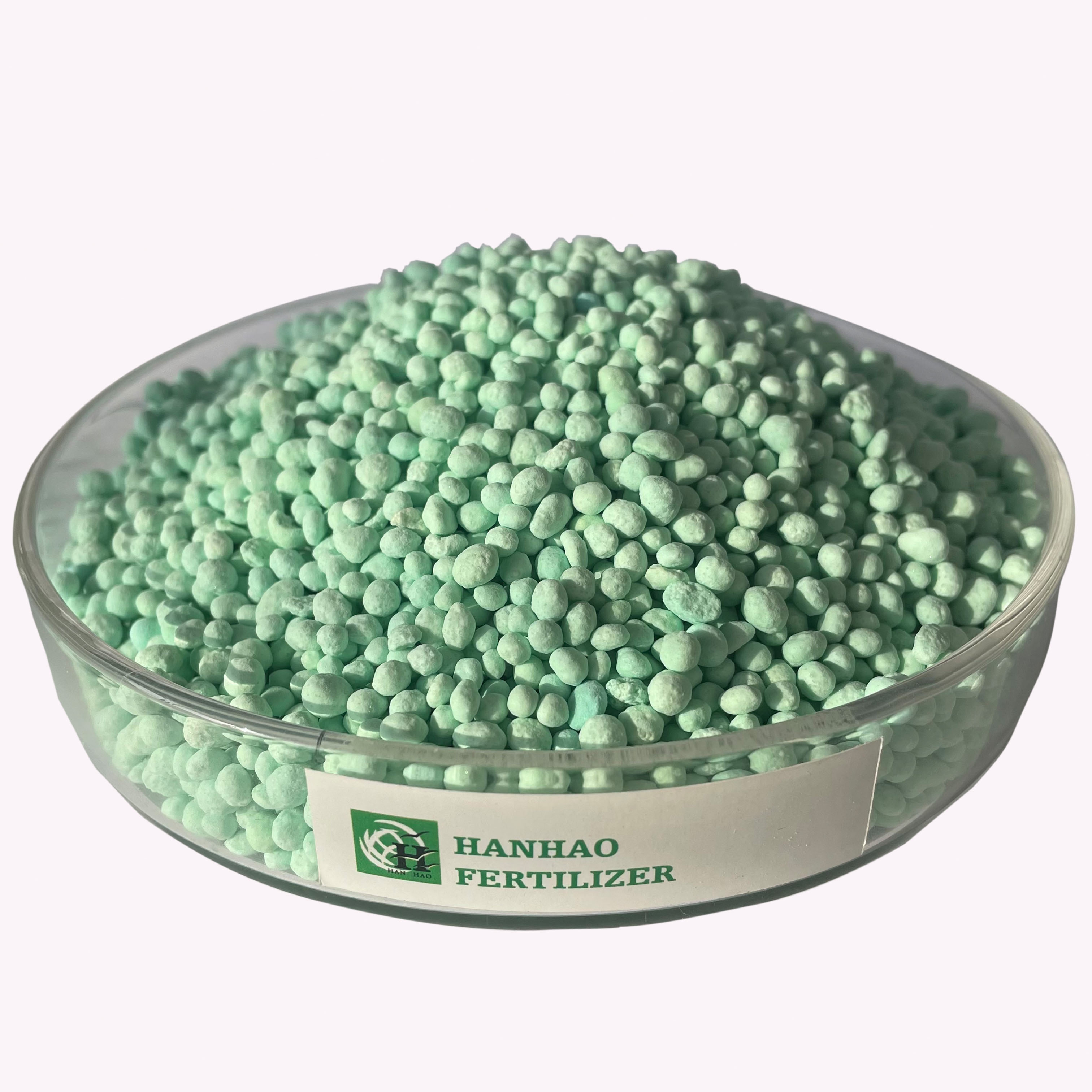
-
Amino Humic Shiny Ball
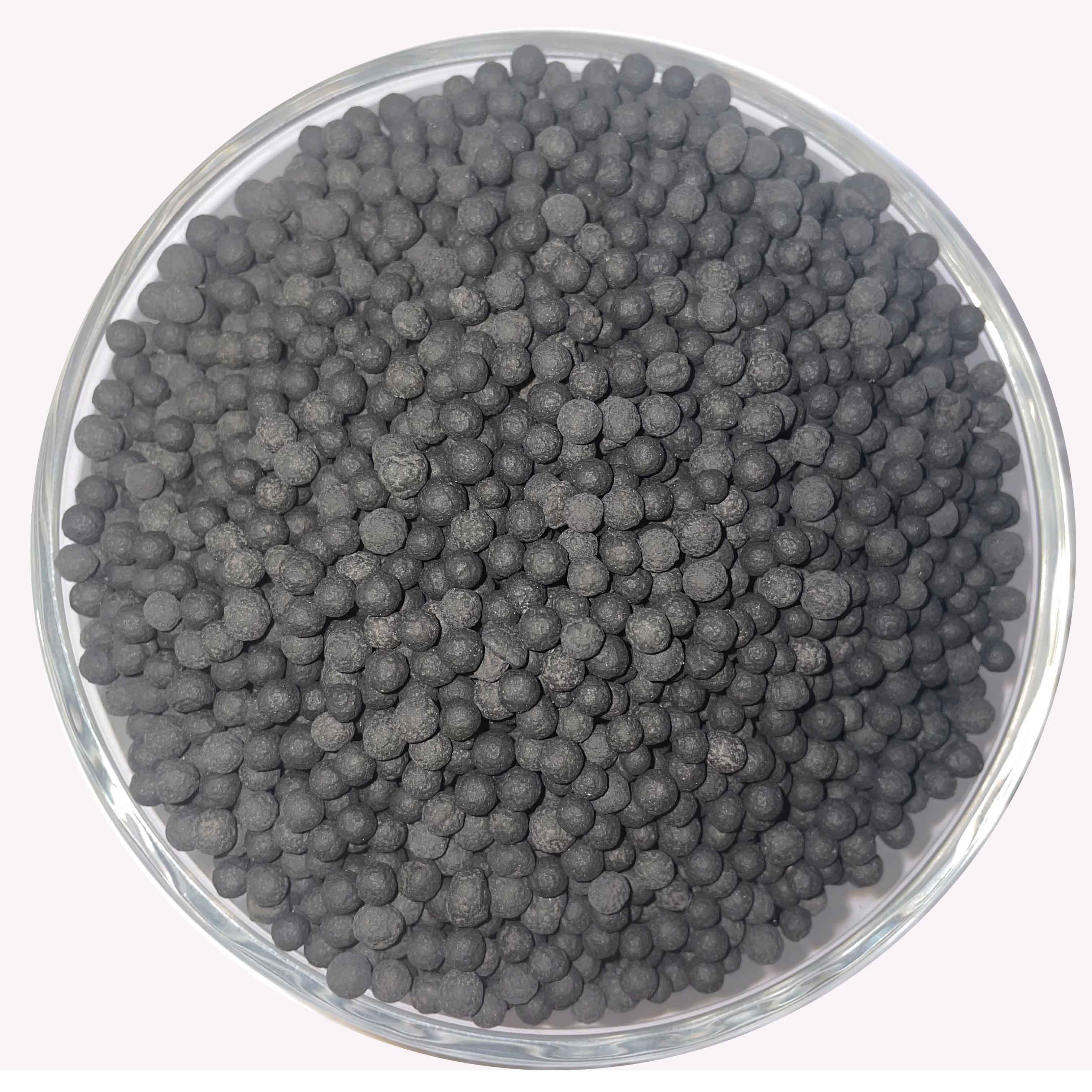
-
Calcium Ammonium Nitrate CAN White granular agriculture
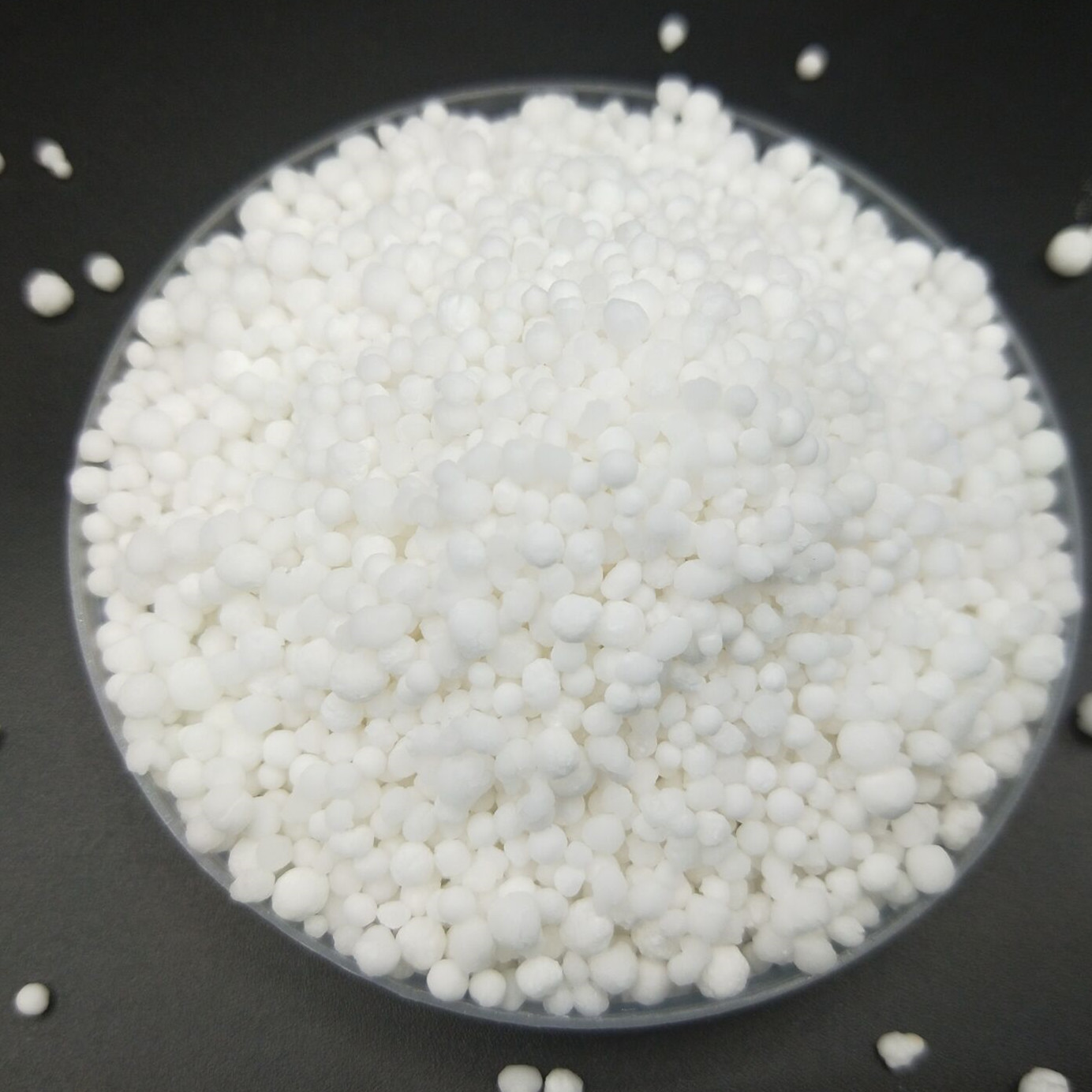
-
Muriate of Potash MOP potassium chloride KCL Granular
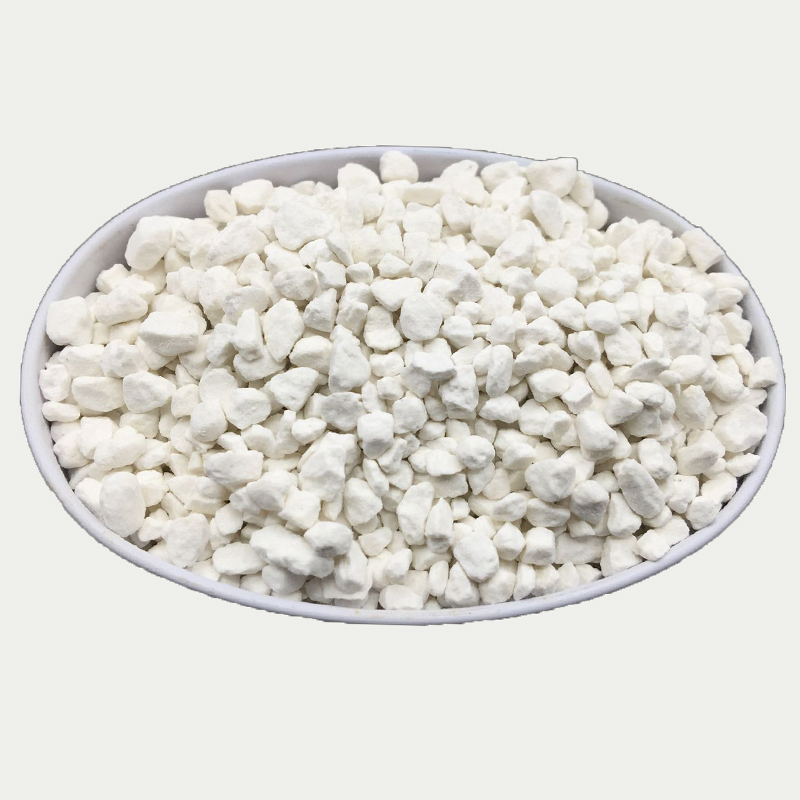
-
Potassium sulfate SOP fertilizer granular 52% K2O
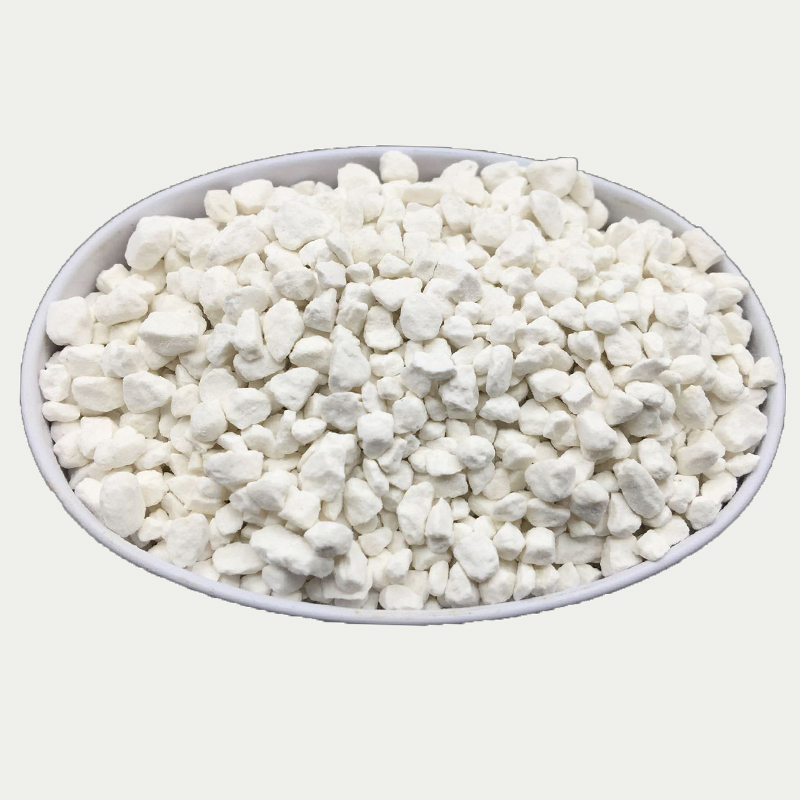
-
NPK Bulk Blending Fertilizer granular multi color
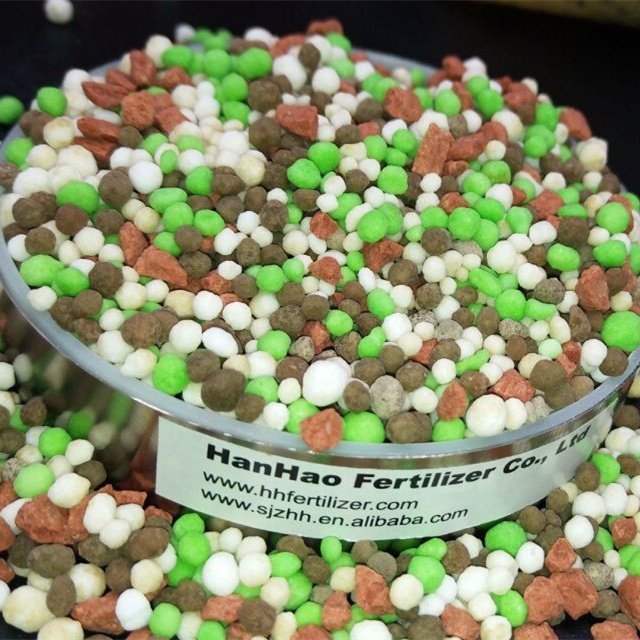
-
Humic Acid Raw Material Powder
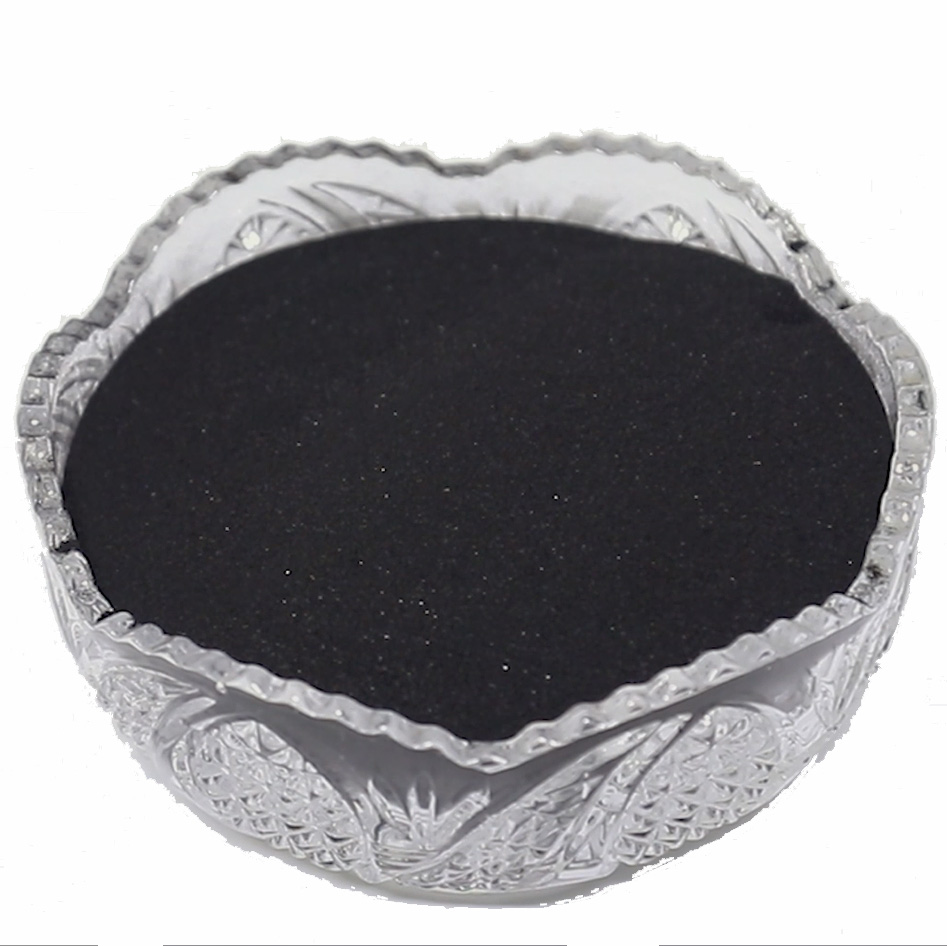
-
urea 46% fertilizer prilled Industrial Grade
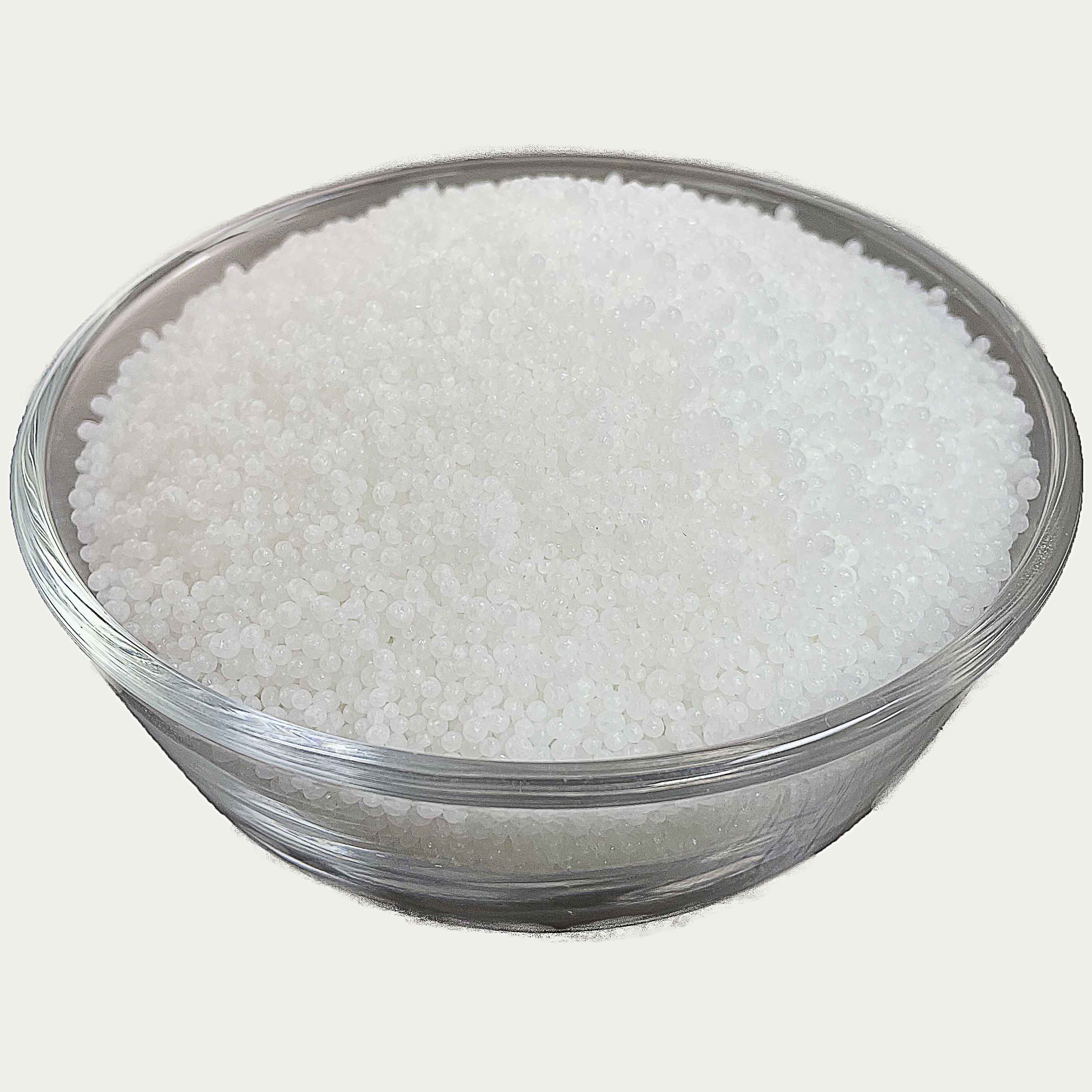
-
Mono potassium Phosphate MKP 0-52-34 100% Water soluble
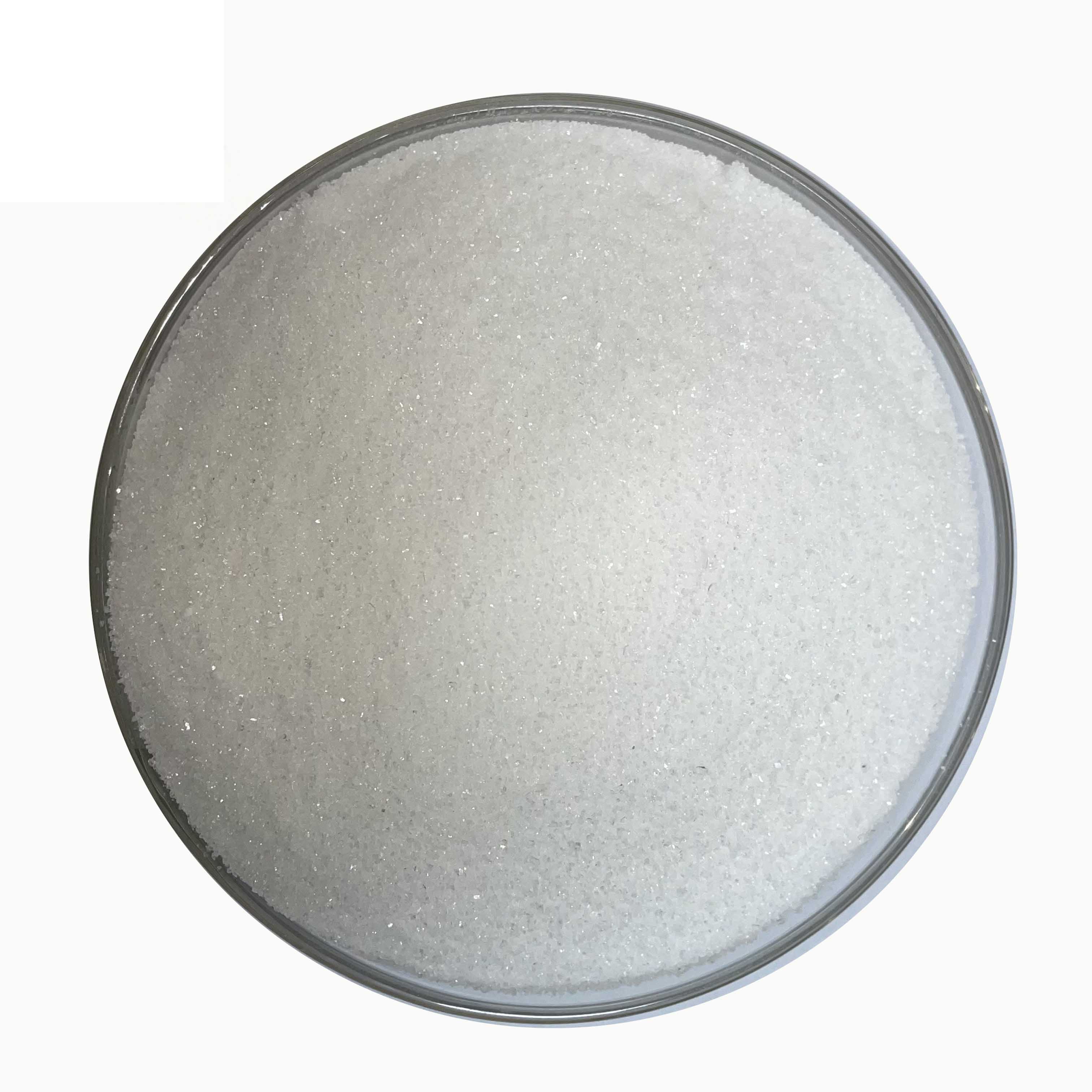
-
Organic Fertilizer Granular Npk base fertil Humic Acid
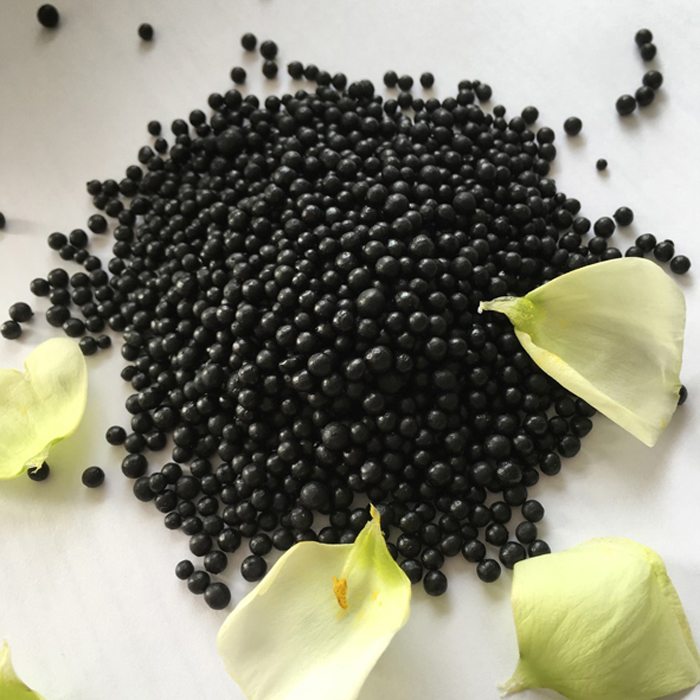
-
NPK Water soluble fertilizer for irrigation use
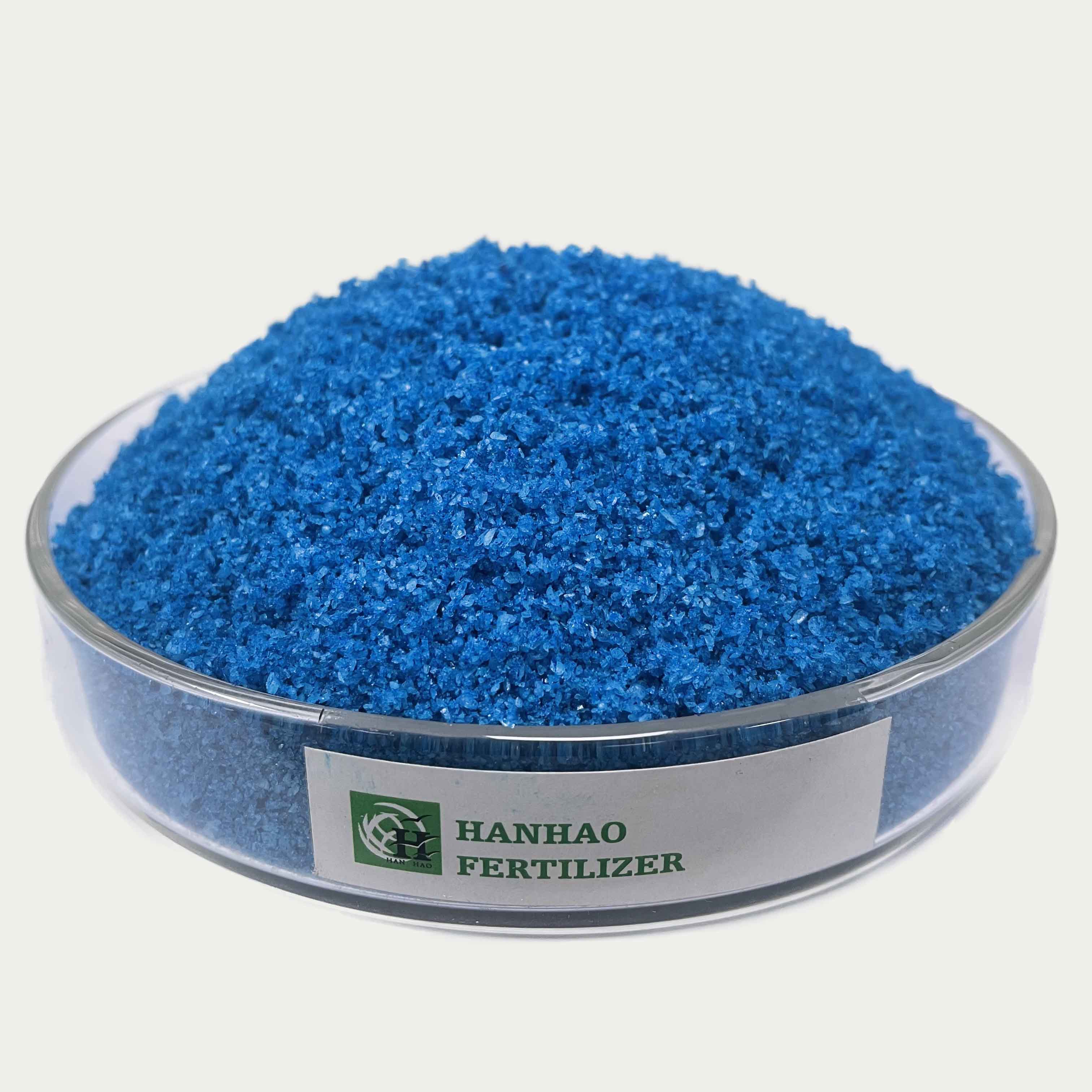
-
Diammonium Phosphate 18-46-0 Dap granular
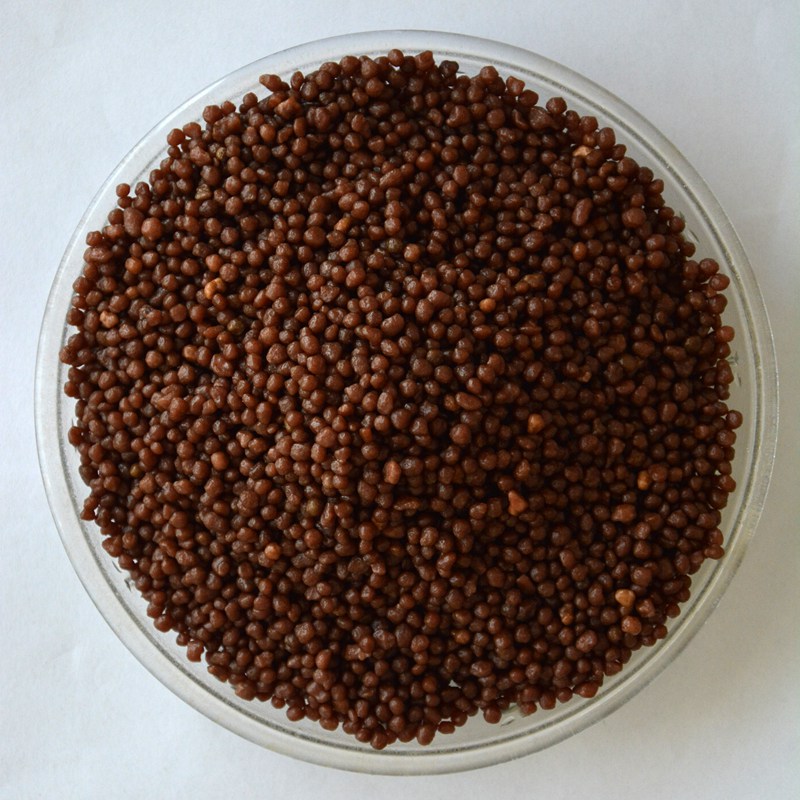
-
SSP Single Super Phosphate Fertilizer granular
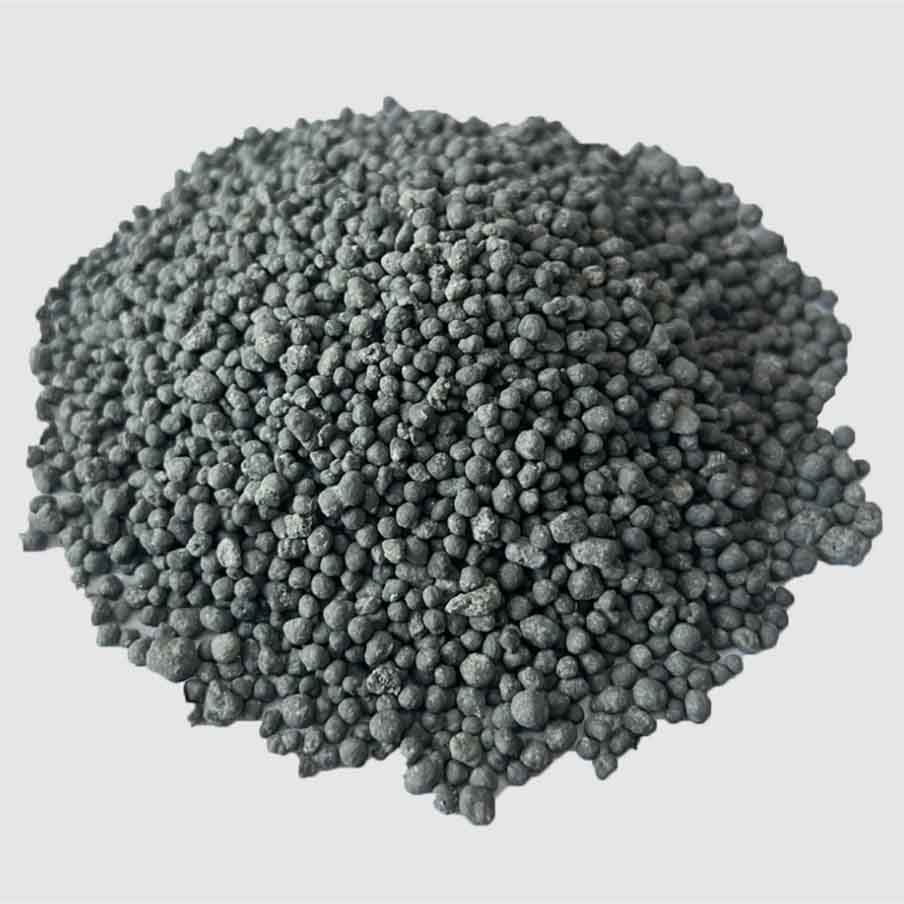
-
Humic acid Potassium humate Black Shiny Flakes or powder
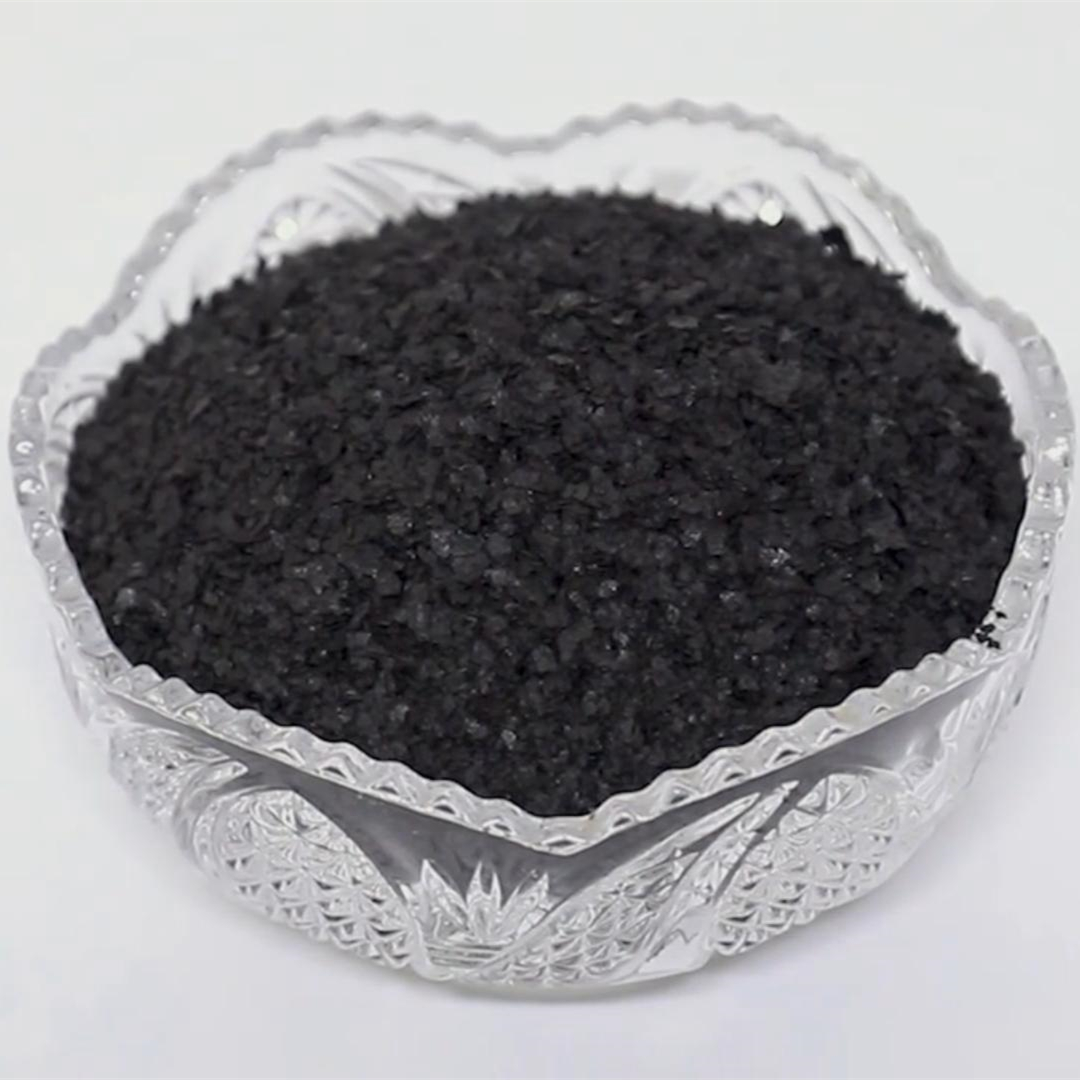
Related News
-
2024-01-31Preparation of Ferrous Ammonium SulphateFerrous Ammonium Sulphate is also called Mohr’s salt a light green color sand like crystalline solid. It is a hazardous substance and preparation of ferrous ammonium sulfate is carried out from equimolar mixture of hydrated ferrous sulphate and ammonium sulphate in water; containing a little of sulphuric acid.
-
2024-03-11urea-How to Make DIY Hydroponic Nutrients For Your PlantsHydroponics might sound complicated and expensive, but it doesn't have to be that way. You can easily grow many kinds of plants on a liquid solution containing hydroponic nutrients instead of growing them in soil. Whether you grow plants in water or in soil, they need the same nutrients. While soil will supply some of your plants' needs, when you grow hydroponically it's up to you to make sure the water contains all the essentials.
-
2024-03-11ammonium sulfate-How To Make Your Homemade Fertilizer for Indoor PlantsFertilizer is often thought of as something that is only needed for outdoor plants. However, indoor plants can also benefit from fertilization. Indoor plants are typically grown in pots, which can restrict their access to nutrients.Therefore it’s important to give them an extra boost with fertilizer. There are many different types of fertilizer that you can buy from a garden center or nursery.However, it’s also easy to make your own fertilizer at home. Fertilizer is one of the most important things you can give your plants to ensure they are healthy and thrive.Homemade fertilizer is not only cheaper, but it’s also often more effective than commercial fertilizer. Homemade fertilizer is easy to make and a great way to recycle some of the household waste that would otherwise end up in the trash. Plus, it is much gentler on your plants than chemical fertilizers.Using homemade fertilizer with self-watering planters will help to avoid overfertilizing your plants. Self-watering planters tend to keep the soil moister, so you don't need to fertilize as often.
-
2024-03-18urea-Ammonium sulphate is a byproduct of biomethaneAmmonium sulfate is a chemical compound with the formula (NH4)2SO4. It is a white crystalline solid that is highly soluble in water. It is commonly used as a fertiliser to provide plants with nitrogen and sulfur. Ammonium sulfate is produced by the reaction of sulfuric acid and ammonia and is typically sold as a granulated powder. Ammonium sulfate is also used in the production of dyes and other chemicals.
-
2024-03-21Humic substances have three types of effect on soil and plantsWe offer potassium humates that are used as a multi-function compound fertilizer after combination with nitrogen and phosphorus. These are highly biodegraded and compressed remains of ancient plant and animal materials. These are also used as soil conditioners, plant growth stimulant and fertilizers efficiency promoters. We offer these humates at most competitive prices.
-
2025-01-13HOW DOES POTASSIUM HELP PLANTS GROW?Potassium (K) is an essential element for plant growth it is important to food crops. Potassium, often called potash, helps plants use water and resist drought and enhances fruits and vegetables. If soluble Potassium is deficient in soil it can stunt growth and cause other symptomatic issues. To overcome deficiencies Potassium is commonly applied to gardens, lawns and orchards as part of a balanced fertilizer. In addition, Potassium promotes healthy green lawn grass.
-
2024-11-22The role of potash in plantsPotassium is one of the major nutrients required by all crops and is present in large quantities in the plant in the form of the cation K+. It plays a major role in achieving the maximum economic yield, as part of a balanced approach to crop nutrition, as well as influencing crop quality.Potassium is fundamental to many metabolic processes through the activation of a large number of enzymes required for chemical reactions. These include the synthesis of proteins and sugars required for plant growth. Only a relatively small proportion of the plant’s total potassium requirement is needed for this. The majority is required for the essential role of maintaining the water content of plant cells. These roles are discussed below. Many are interlinked.
-
2025-01-13What's the Function of Potassium (K) in Plants?Potassium is a paramount macro-element for overall survival of living things.It is an abundant mineral macronutrient present in both plant and animals tissues.It is necessary for the proper functionality of all living cells.Potassium is relatively abundant in the earth's crust making up to 2.1% by weight.Potassium is mined in the form of potash (KOH), sylvite (KCl), Carnallite and Langbeinite. It is not found in free nature.
-
2025-01-13ROLES OF POTASSIUM IN PLANTSPotassium is an essential plant nutrient, one of the three macro-elements required by plants in relatively large quantities – nitrogen, potassium and phosphorus (NPK). What are the roles of potassium in plants? How does potassium affect plant performance?Potassium enhances crop yields and quality in different ways. For example, it increases sugar content in fruits, size of vegetable crop fruits, protein content in cereals, helps maintaining longer shelf life, improves plants’ resistance to diseases and to drought and more.
-
2025-01-13Organic Fertilizer Natural Boost for Your Vegetable PlantsWhen it comes to growing healthy and thriving vegetable plants, us
-
2025-01-13What is NPK Fertilizer? And What Does N-P-K Do for Plants?When my husband and I moved into our new house, the blank slate backyard became my project.By spring, I noticed the leaves on some bushes turning yellow. You’d think it’s a nitrogen deficiency, right?But after some serious digging (pun intended!), I discovered it was iron chlorosis (a lack of available iron) NOT a lack of nitrogen, causing the leaves to turn yellow.
-
2025-01-13Understanding N-P-K Ratios – How To Select The Best Fertilizer For PlantsOne of the more confusing topics for gardeners is trying to understand jus exactly what the N-P-K ratio on the label of their fertilizer bag means Especially when it comes to the health and well-being of their vegetable garden, flowers and lawn.Fertilizing can play a big role in the success of a plant’s health and productivity. Whether it be annual flowers and vegetable plants, or perennials, shrubs and trees – all plants need nutrients to survive. But giving each type of plant the right mix of nutrients is a huge key to fertilizing success.
-
2024-06-13What is the top organic fertilizer for tomato plants?The Best Organic Fertilizers for Optimal Tomato GrowthTomato cultivation is a rewarding experience
-
2024-06-14Buy organic boron fertilizer for plants.Embracing the Organic Approach The Benefits of Using Organic Boron FertilizerIn the world of agric
-
2024-06-16White nitrogen fertilizer is ammonium sulphate.The Role of White Nitrogen Fertilizer Ammonium Sulphate in Modern AgricultureThe agricultural sect
-
2024-06-16Best organic fertilizer for biofarm plants.The Best Biofarm Organic Plant FertilizerIn the pursuit of sustainable farming practices, the impo
-
2024-06-17Organic fertilizer for water plantsWhen it comes to nurturing vibrant and healthy water plants, the choice of fertilizer is paramount.
-
2024-06-19Organic Fertilizer Suppliers for Green PlantsGreen Plant Organic Fertilizer Suppliers Enhancing Soil Health and Crop YieldsIn today's environme
-
2024-06-20Optimal for plants, this 18-1-9 fertilizer ensures premium growth.The Benefits and Significance of High-Quality 18-1-9 Fertilizer in Modern Agriculture High-quality
-
2024-06-21NITROGEN IN PLANTSHealthy plants often contain 3 to 4 percent nitrogen in their above-ground tissues. This is a much higher concentration compared to other nutrients. Carbon, hydrogen and oxygen, nutrients that don’t play a significant role in most soil fertility management programs, are the only other nutrients present in higher concentrations.Nitrogen is so vital because it is a major component of chlorophyll, the compound by which plants use sunlight energy to produce sugars from water and carbon dioxide (i.e., photosynthesis). It’s also important because nitrogen is a:Major component of amino acids, the building blocks of proteins. Without proteins, plants wither and die. Some proteins act as structural units in plant cells while others act as enzymes, making possible many of the biochemical reactions on which life is based.Component of energy-transfer compounds, such as ATP (adenosine triphosphate). ATP allows cells to conserve and use the energy released in metabolism.Significant component of nucleic acids such as DNA, the genetic material that allows cells (and eventually whole plants) to grow and reproduce. Without nitrogen, there would be no life as we know it.
Related Search
- ammonium sulphate
- white nitrogen fertilizer ammonium sulphate
- ammonium sulphate 21%
- ammonium sulphate granular
- ammonium sulphate powder
- ammonium sulphate 50 kg
- ammonium sulphate 50 kg price
- ammonium sulphate fertilizer 50 kg price
- ammonium sulphate price
- potassium humate for plants
- organic nitrogen fertilizer for plants
- organic l amino acid fertilizer for plants
- organic iron fertilizer for plants
- organic fertilizer for water plants
- organic fertilizer for vegetable plants
- organic fertilizer for new plants
- organic fertilizer for hydroponic plants
- organic fertilizer for corn plants
- organic calcium fertilizer for plants
- npk fertilizer plants
- npk fertilizer from plants
- npk fertilizer for pot plants
- npk fertilizer for plants
- natural organic fertilizer for plants
- good organic fertilizer for weed plants
- good organic fertilizer for plants
- fertilizer for plants organic
- buy organic fertilizer for plants online
- best organic fertilizer for vegitable plants
- best organic fertilizer for vegetable plants
